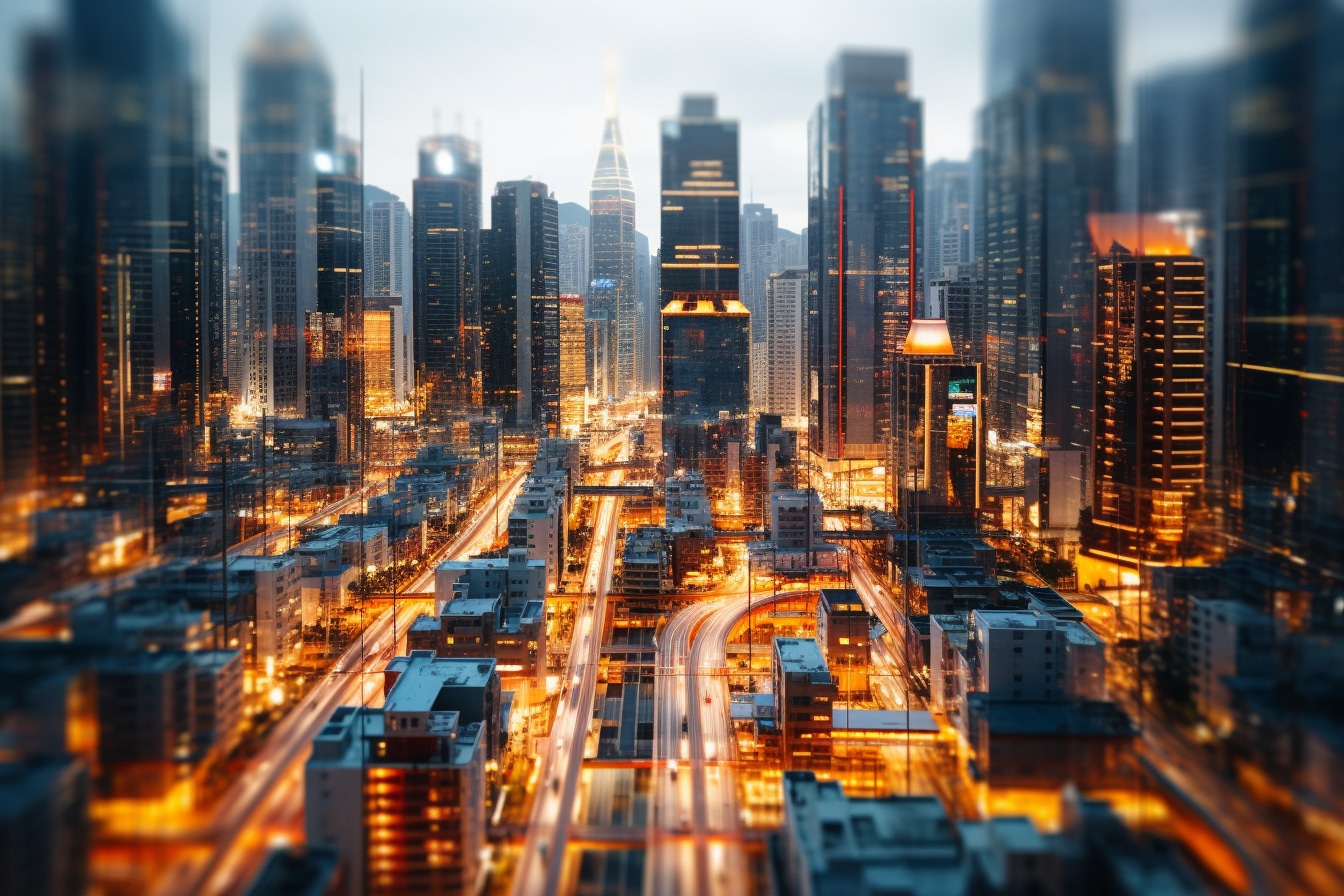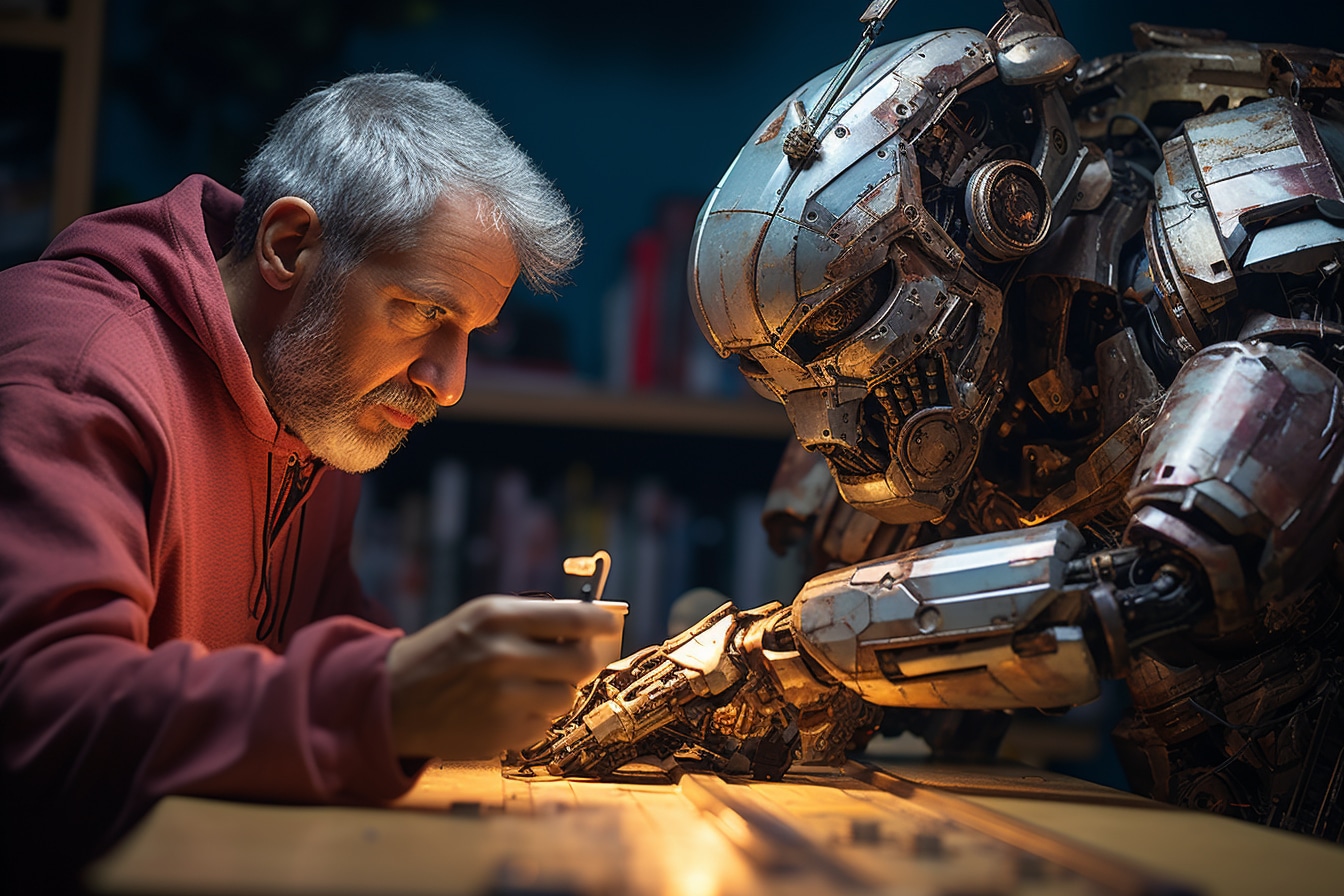Today, technology has reached heights we could never have imagined before. One of the areas where this evolution is particularly noticeable is that of image creation thanks to artificial intelligence (AI). AI-based tools and software have revolutionized the way we create and manipulate images, opening up a world of possibilities for artists, designers and other industry professionals. In this article, we explore the different facets of creating images with AI, as well as the main tools and generators available on the market.
The basics of image creation with artificial intelligence
To fully understand the challenges and possibilities offered by image creation with AI, we first need to define what exactly an AI-generated image is. It’s actually an image produced by an algorithm specifically designed to mimic the human creative process, learning from existing data and creating new images that exhibit similar characteristics.
Artificial neural networks
The techniques used to create these images are essentially based on artificial neural networks, which are computer models inspired by the workings of the human brain. These networks learn to recognize shapes and patterns in training data, and are then able to generate new images based on this acquired knowledge.
There are several types of artificial neural network, but one of the most widely used for image creation is the generative adversarial network (GAN). GANs are made up of two distinct networks: a generator, which creates the images, and a discriminator, which evaluates their quality. By training these two networks in parallel, it is possible to create ever more realistic and complex images.
Tools and image generators based on artificial intelligence
Technological advances have led to the development of numerous tools and software to create images using artificial intelligence. Here are a few examples of applications and generators you can use:
- Image generators from text: Some applications can transform simple text into a visual image. Simply describe the scene you wish to represent, and the algorithm will create an illustration corresponding to this description.
- AI-based photo editing tools: Some photo editing software now incorporates features based on artificial intelligence, such as content recognition and image generation. This makes it quicker and easier to retouch photos, or even create complex montages.
- Avatar and character generators: Several online tools enable users to create 3D avatars or characters from pre-existing models. The user can customize the character’s appearance (face, body, clothes, etc.), then the algorithm takes care of creating a realistic and unique version of it.
- Computer-aided drawing tools: Some drawing software now offers features based on artificial intelligence, such as stroke prediction or color suggestion. These tools help artists refine their creations while retaining their personal style.
Advantages and limitations of creating images with AI
There are many advantages to using artificial intelligence to create images:
- Saving time and effort: AI-based tools can automate certain tedious and repetitive tasks, allowing professionals to focus on more creative aspects of their work.
- Tenfold creativity: The ability of algorithms to generate surprising, never-before-seen images can stimulate artists’ imaginations and push them to explore new ideas.
- Accessibility: AI-based image-creation tools are often easy to get to grips with, enabling a wider audience to be introduced to visual creation.
However, it’s important to point out that creating images with artificial intelligence also has certain limitations:
- Lack of precise control: Algorithms can sometimes produce unpredictable or inconsistent results, making it difficult to fully control the creative process.
- Ethical and legal issues : Using AI to create images raises questions related to copyright, privacy and liability in the event of misuse or abuse.
The future of image creation with artificial intelligence
Progress in the field of image creation with artificial intelligence continues to accelerate, and it’s likely that this technology will continue to develop and democratize. However, it is essential to remain vigilant to the ethical issues and challenges posed by these advances, and to seek to strike a balance between technological innovation and respect for individual rights and freedoms.




